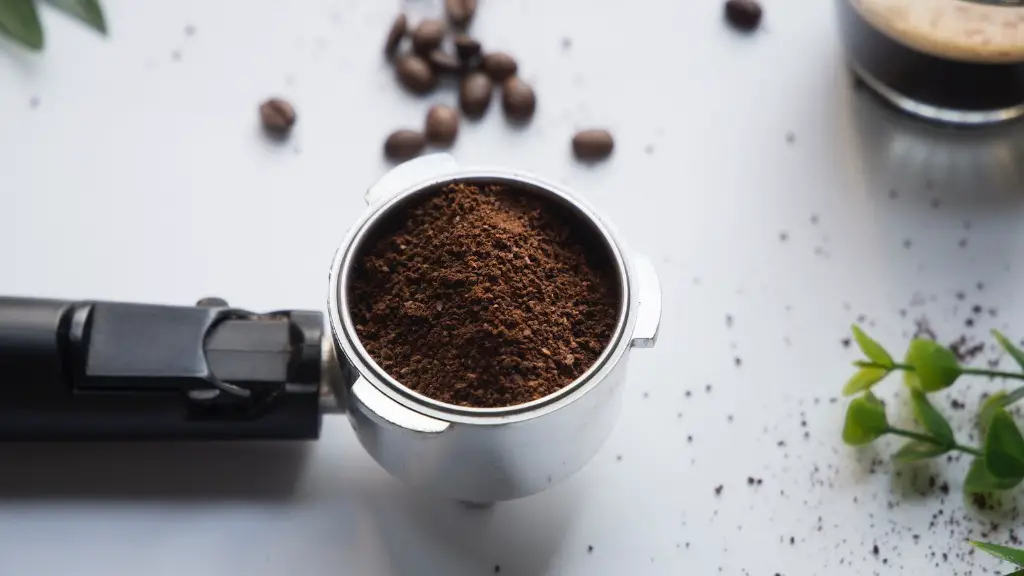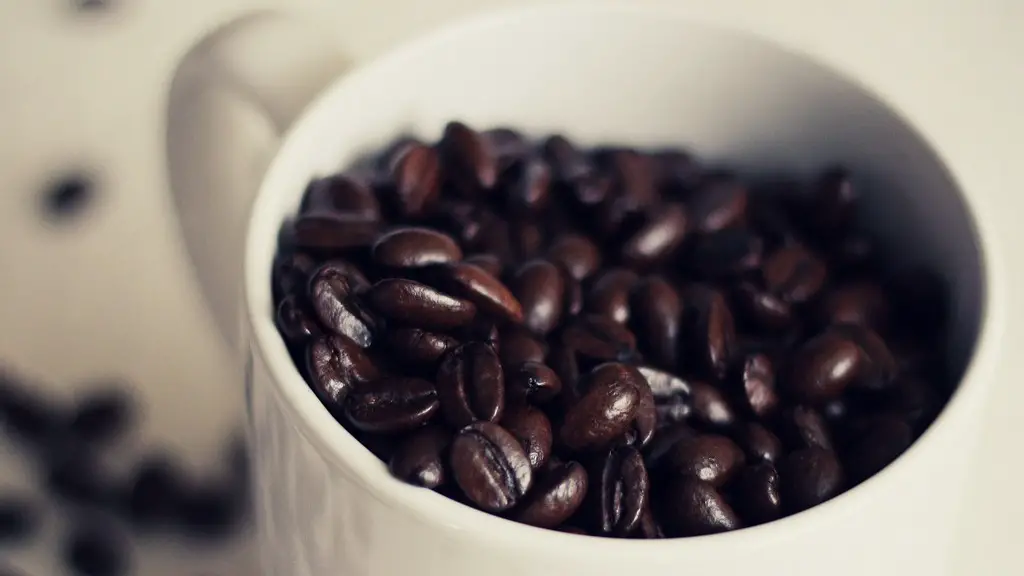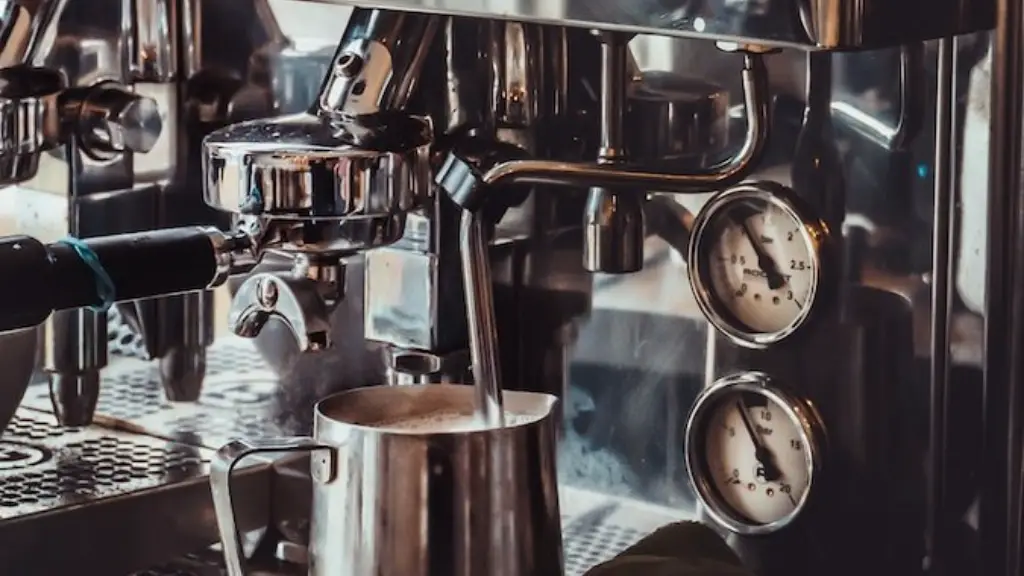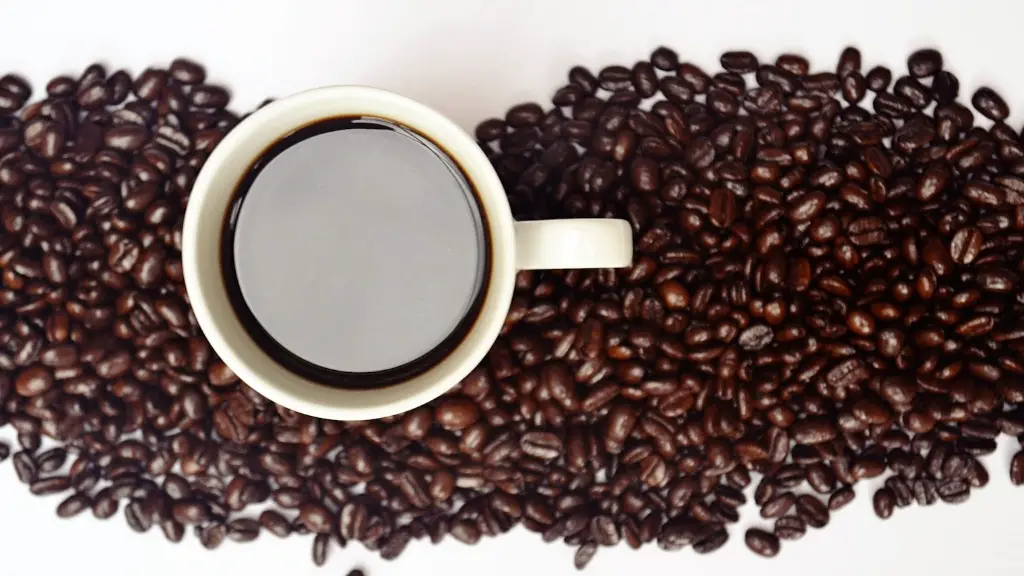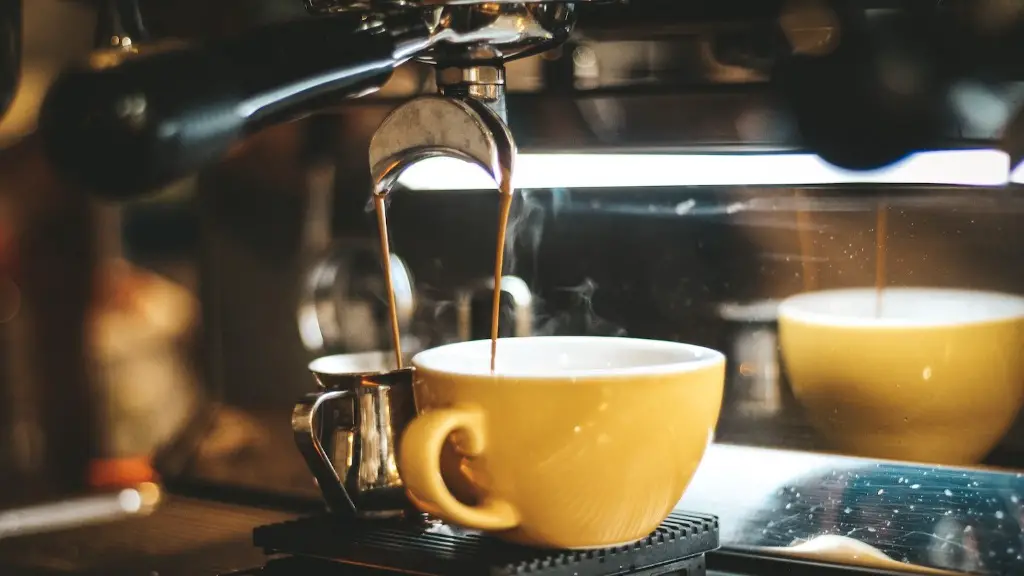The Starbucks Frappuccino: What You Need To Know
If there’s one thing that’s for certain about Starbucks’ offerings, it’s that the iconic Frappuccino drinks are enjoyed around the world. Frappuccinos are Starbucks’ signature frozen coffee-blended drinks made with espresso, milk, and ice, and come in a variety of flavors that have been tempting the taste buds of Starbucks customers since 1995. In addition to tasting great and bringing that special mental buzz that many people crave, there’s also the matter of what’s inside a Frappuccino: calories and other nutrition.
Most long-time Starbucks customers are familiar with the iconic Frappuccino blend options, including original Starbucks Coffee Frappuccinos, Caramel Frappuccino, Mocha Frappuccino and Java Chip Frappuccino. However, there are also many specialty flavors available at select stores.
If you’re asking yourself how many calories are in a Starbucks Frappuccino, the answer isn’t quite as simple as you might expect. The calorie content depends on several factors, including what type of Frappuccino it is, the size of the cup, and whether it contains any added flavors or accents. While some drinks, like a classic Mocha Frappuccino, can contain as much as 470 calories, a classic Frappuccino blended drink with no additional flavors or accents can be around 280-290 calories for a grande size.
It is important to note that even classic flavors such as the Starbucks Coffee Frappuccino include a dose of added sugar — in this case, 42 grams in a grande size. An average adult should consume no more than 25 grams of sugar per day, according to the American Heart Association, making a grande Frappucino an unwise choice for those watching their sugar intake.
Nutritionists often recommend prioritizing drinks that provide nutrition and keeping Frappuccinos in moderation. Dr. Merryl Shields, a nutritionist based in Massachusetts, states that “Frappuccinos’ high sugar content can lead to a sugar crash, leaving you feeling worse than before drinking it. The best thing to do is switch to beverages that are good sources of nutrition and hydration, such as freshly brewed coffee with almond milk, and a green tea rather than a coffee frappuccino.”
Given their high sugar content and calorie utility, nutritionists like Dr. Shields and dietitians alike advise that it is best to consume Frappuccinos as an occasional treat, not an everyday occurrence.
Caffeine and Frappuccino Calories
In addition to contributing to the calorie count of a Frappuccino, caffeine is often consumed in abundance with them. On average, a grande cup of Mocha Frappuccino contains 95 milligrams of caffeine. According to Harvard Medical School, the recommended dietary allowance (RDA) of caffeine is no more than 400 milligrams per day for healthy adults, so it’s important to consider your daily caffeine consumption in tandem with the calorie content of a Frappuccino.
Given the potential issue of consuming too many calories, and of becoming overly reliant on the caffeine content of a Frappuccino, many dietitians and health professionals stress the importance of engaging with a nutritionist to create a personalized approach to nutrition, health and wellness.
Healthy Alternatives To Frappuccino
On top of the many flavored syrups and milks we can add to a standard Frappuccino, it can also be made with alternative plant-based milks, fruit, and spices. For instance, instead of opting for a Mocha Frappuccino, you can opt for a Mocha Banana Frappuccino with almond milk and some cinnamon. Preparing these drinks at home can enable you to customize the number of calories, select nutritious ingredients, and make adjustments for optimal health.
Having said that, the alternative ingredients found in the store-bought Frappuccinos can also bring their own set of nutritional profiles, primarily in the form of added sugar. So, keeping an eye on the nutrition facts and making note of what you’re consuming is key.
Kelsy Rajasekhara, Registered Dietitian and Diabetes Educator, states that “asides from controlling portion sizes, you can also opt for alternative frappuccinos such as a Matcha Frappuccino or a Frappuccino with a smoothie base. It is important to be mindful of the calories and the added sugar since it is added in the base and can result in an increase in the amount of fat.”
Compare Cream-Based To Non-Cream Based Frappuccinos
In some instances, a Frappuccino prepared with whole milk can contain up to 480 calories, while non-cream based drinks, like the non-fat Classic Frappuccino, remain a much healthier option with 230 calories per grande cup. As such, understanding the ingredients of a Frappuccino allows customers to make more conscious decisions regarding their nutrition.
It’s also important to consider the reduced sugar content in the non-cream based drinks. While 6.8 churning ounces of a Mocha Frappuccino can contain up to 62 grams of sugar, 6.8 churning ounces of a non-fat Classic Frappuccino can contain around 43.7 grams of sugar, making it a better choice.
Nutritionists and dietitians alike recommend being mindful of the sugar content in smoothies, juices, sports drinks and even milkshakes, adding that some products that appear to be healthy can actually contain more sugar than we realized. As such, it’s essential to read labels and be conscious of the hidden sugar in some prepared beverages and processed snacks.
Frappuccino Calories: Take-Away Message
Frappuccinos can be delicious and can provide an enjoyable treat when part of an overall healthy diet and lifestyle. To limit calorie and sugar intake while having a Starbucks Frappuccino, opt for a smaller size, non-fat Frappuccino and watch out for any additional sweetness that may get added while customizing your order. Additionally, make note of any alternative ingredients you may use and be sure to check the ingredient list to determine which one is right for you.
How Much Protein Does a Frappuccino Have?
When looking for protein in a Frappuccino, the nutritional content varies depending on the type of Frappuccino, its ingredients and its size. For example, a Grande Vanilla Bean Frappuccino contains 12 grams of protein, but if you’re looking for more protein, a Grill Flapl’cachino Frappuccino contains 18 grams of protein.
On average, a Grande size Frappuccino contains about 10 grams of protein, which lends to its nutrition profile. Protein helps to keep us feeling fuller for longer, and Frappuccinos are a great way to get a burst of energy without a caffeine overload.
However, if you’re looking for a low-calorie, nutrient-rich protein-packed alternative, coffee with milk or almond milk and a scoop of protein powder is a delicious and healthier way to get the protein you need without the added sugar and empty calories.
Nutritional Alterations to Make a Frappuccino Healthier
There are several ways to make a Frappuccino healthier and more nutritional. Keeping Frappuccino sizes in moderation is a good start, as larger sizes may mean a higher calorie intake. Opt for sugar-free syrups or sugar-free sweeteners, avoid whipped cream and reduce the amount of ice used in the Frappuccino.
In addition to the primary ingredients, other ingredients like fruit, yogurt, and plant-based dairy can be added to create a more well-rounded beverage. Incorporating a variety of whole garnishes such as fruit, nuts, and cocoa powder can also improve the nutritional profile of a Frappuccino. Steering clear of artificial sweeteners and vanillacoffee syrups is also advisable.
Making your own Frappuccino at home can be a great way to get that refreshingly delicious taste without piling on the calories and added sugar. You can make your own Frappuccino at home with some ice, coffee or espresso, a nut milk of your choice, protein powder or chia seeds, and some honey or agave.
Healthy Frappuccino Alternatives
Frappuccinos are a delicious way to enjoy a smoothie, but for a more nutritious alternative, consider a smoothie bowl for your next morning treat. A smoothie bowl is made with the same ingredients as a Frappuccino, but in a bowl to better regulate the desired size, are often lower in calorie content and can also be topped off with nutritious garnishes like coconut flakes, chia seeds and fresh fruit for added nutrition.
If you’re looking for a caffeinated drink, cold brew coffee can provide a great alternative. Cold brew coffee is generally lower in calories than Frappuccinos and is also a good source of potassium and magnesium. You can also go for a green or white tea smoothie. Green tea contains caffeine and antioxidants, while white tea is rich in polyphenols that help to fight inflammation.
If you’re looking for a fruity twist on your Frappuccino, you can make a smoothie with iced fruit tea as the base. You can also use green or white tea with mixed fruit and plant milk of your choice. For a protein-packed option, you can add Greek yogurt, nut butter or protein powder.

